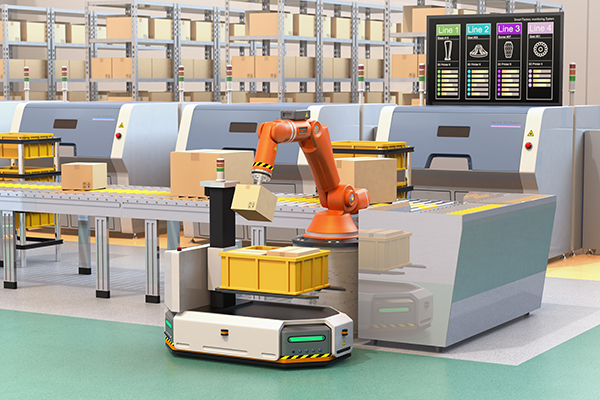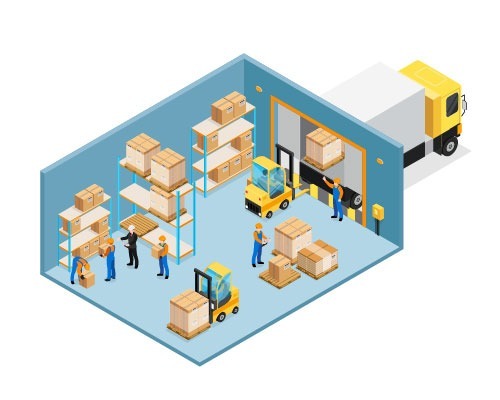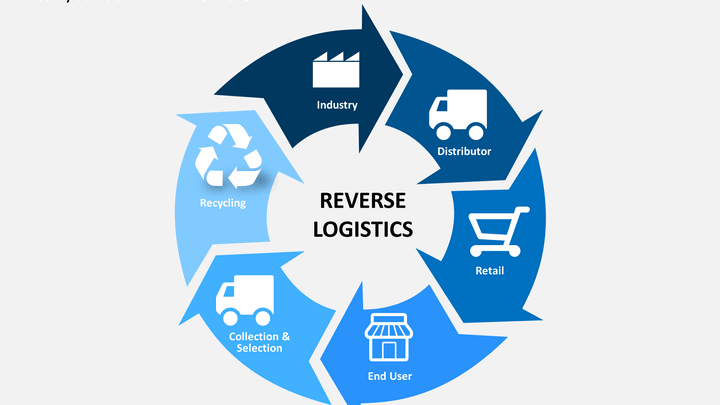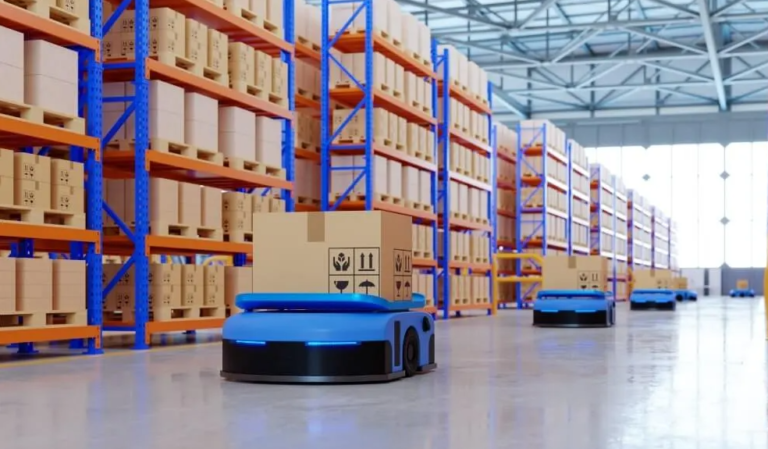The Future of WMS SaaS : Trends to Watch in 2024
- Why WMSOne Stands Out In Warehouse Management - December 30, 2024
- The Future of Warehouse Inventory Management in 2025 - December 9, 2024
- Cold Storage Warehouse: Keeping Food Fresh And Safe - October 3, 2024
In the fast-paced realm of warehouse management, staying ahead of the curve is essential for success. WMS SaaS revolutionizes warehouse management by bringing cutting-edge technology to streamline operations.As businesses navigate the ever-changing landscape of supply chain logistics, the role of Software as a Service Warehouse Management Systems (WMS SaaS) continues to evolve, offering innovative solutions to streamline operations and drive efficiency.
What is WMS SaaS ?
WMS SaaS, or Warehouse Management System Software as a Service, refers to a cloud-based solution for managing warehouse operations. This type of software enables businesses to oversee inventory, track shipments, manage orders, and optimize storage space without the need for on-premises infrastructure. By leveraging SaaS, companies benefit from scalable and flexible systems that can be accessed from anywhere with an internet connection, ensuring real-time visibility and control over warehouse activities. Additionally, WMS SaaS typically offers regular updates, enhanced security features, and reduced IT costs, making it an attractive option for businesses aiming to streamline their supply chain and improve operational efficiency.
We’re going to dive into the coolest trends shaping the future of SaaS WMS. Get ready for a journey into the world of warehouse management, where technology is making things easier, faster, and more eco-friendly than ever before! Let’s explore these trends in detail:
1. More Automation
- What it Means: Automation is all about using technology to handle repetitive tasks without human intervention.
- Why it Matters: It makes warehouses more efficient by reducing manual labor and human error.
- Trend Outlook: In 2024, we’ll see even more automation in warehouses. Tasks like order picking, packing, and sorting will be done by machines and robots, freeing up human workers for more complex tasks. Automated guided vehicles (AGVs) and robotic arms will become commonplace, streamlining processes and increasing throughput. This shift will not only improve efficiency but also enhance accuracy and speed in warehouse operations.
2. Better Data Insights
- What it Means: Data insights refer to the valuable information that businesses can extract from their warehouse management systems.
- Why it Matters: With better insights, businesses can make smarter decisions and improve their operations.
- Trend Outlook: SaaS WMS in 2024 will offer enhanced data analytics capabilities. Companies will have access to real-time data on inventory levels, order statuses, and performance metrics. This will enable them to optimize their processes, reduce costs, and improve customer satisfaction.Real-time dashboards and reporting tools will provide actionable insights, allowing managers to make informed decisions quickly.
3. Increased Integration
- What it Means: Integration involves connecting different software systems and tools so they can work together seamlessly.
- Why it Matters: Integrated systems streamline operations and eliminate the need for manual data entry and reconciliation.
- Trend Outlook: SaaS WMS will become more integrated with other business systems, such as accounting, customer relationship management (CRM), and enterprise resource planning (ERP) software. This will enable companies to manage all aspects of their business from a single platform, improving efficiency and productivity.
4. Enhanced Mobile Access
- What it Means: Mobile access allows users to access their warehouse management systems from anywhere using smartphones or tablets.
- Why it Matters: It enables managers and workers to stay connected and informed, even when they’re not physically in the warehouse.
- Trend Outlook: In 2024, SaaS WMS will offer enhanced mobile access features. Managers will be able to monitor warehouse operations, track shipments, and access important data from their mobile devices. This flexibility will improve communication, decision-making, and overall efficiency.
5. Focus on Sustainability
- What it Means: Sustainability involves reducing the environmental impact of warehouse operations.
- Why it Matters: It’s not just about being eco-friendly; it’s also about reducing costs and improving efficiency.
- Trend Outlook: In 2024, there will be a greater focus on sustainability in warehouse management. SaaS WMS will help companies achieve this by reducing the need for paper, optimizing routes for deliveries, and minimizing energy consumption. This will not only benefit the environment but also lead to cost savings and operational improvements.
Conclusion:
In conclusion, the future of WMS Saas in 2024 looks promising. With more automation, better data insights, increased integration, enhanced mobile access, and a focus on sustainability, businesses can expect their warehouse operations to become more efficient, productive, and environmentally friendly. Embracing these trends will be key to staying competitive in the rapidly evolving world of warehouse management.







